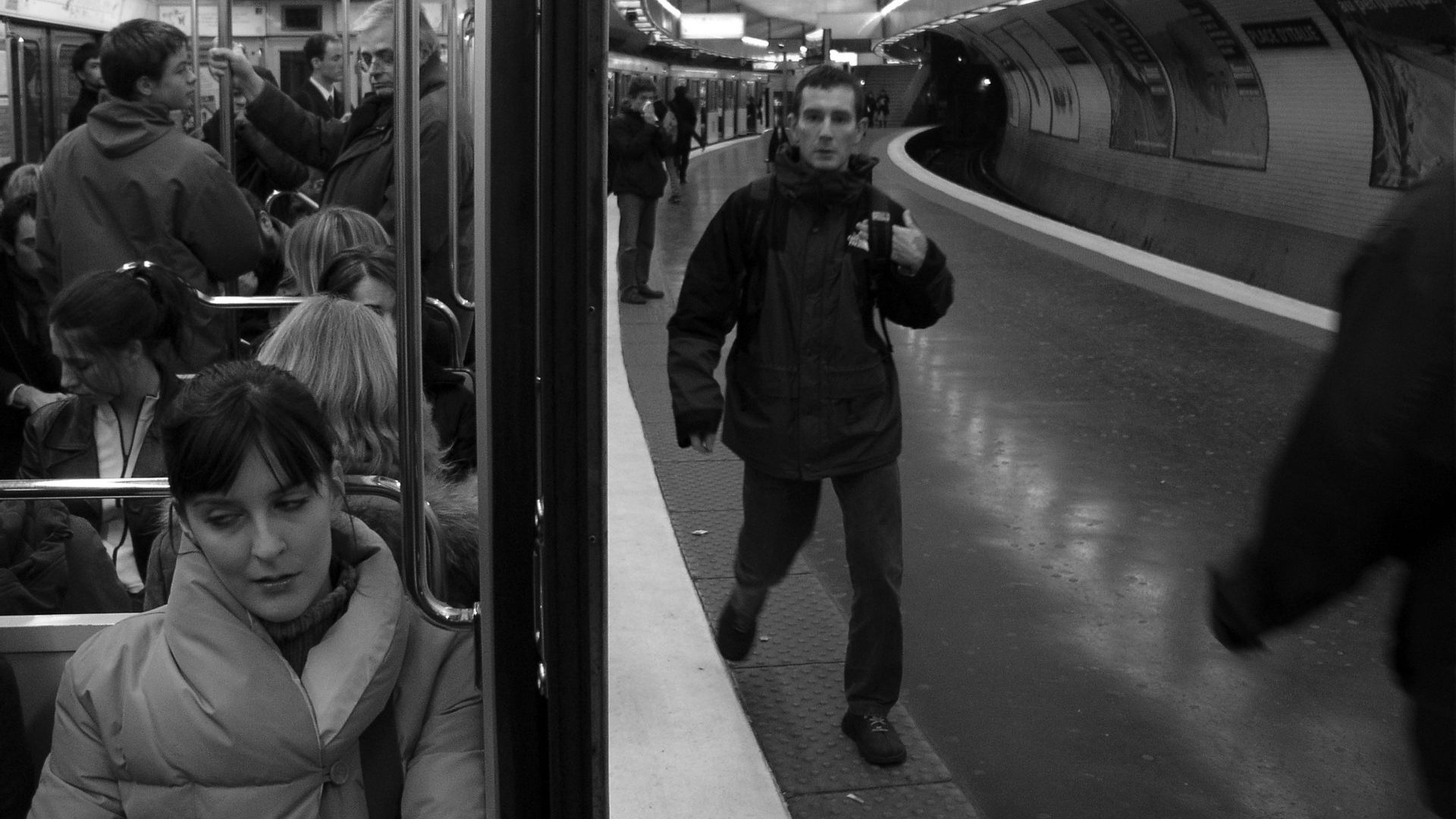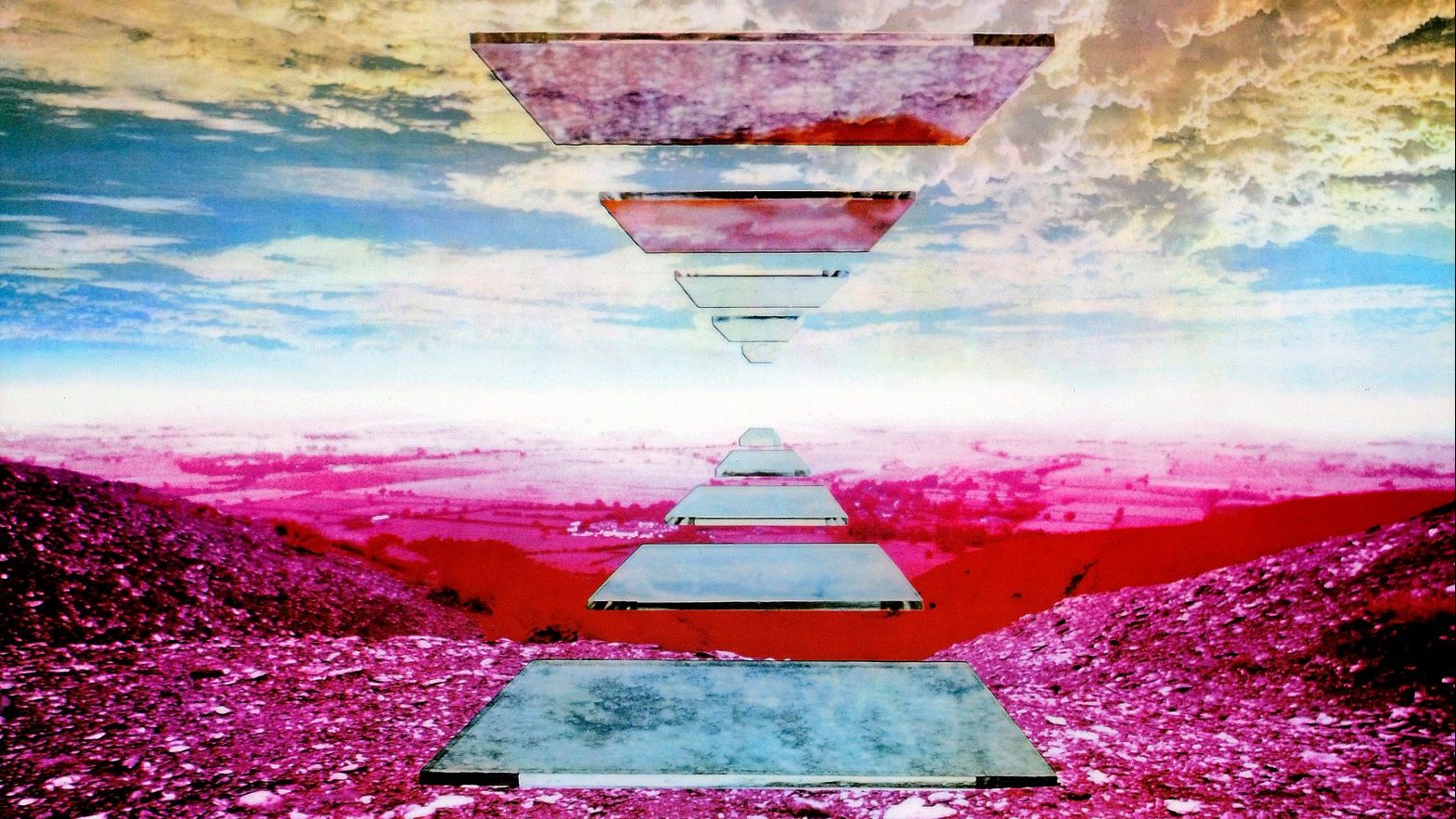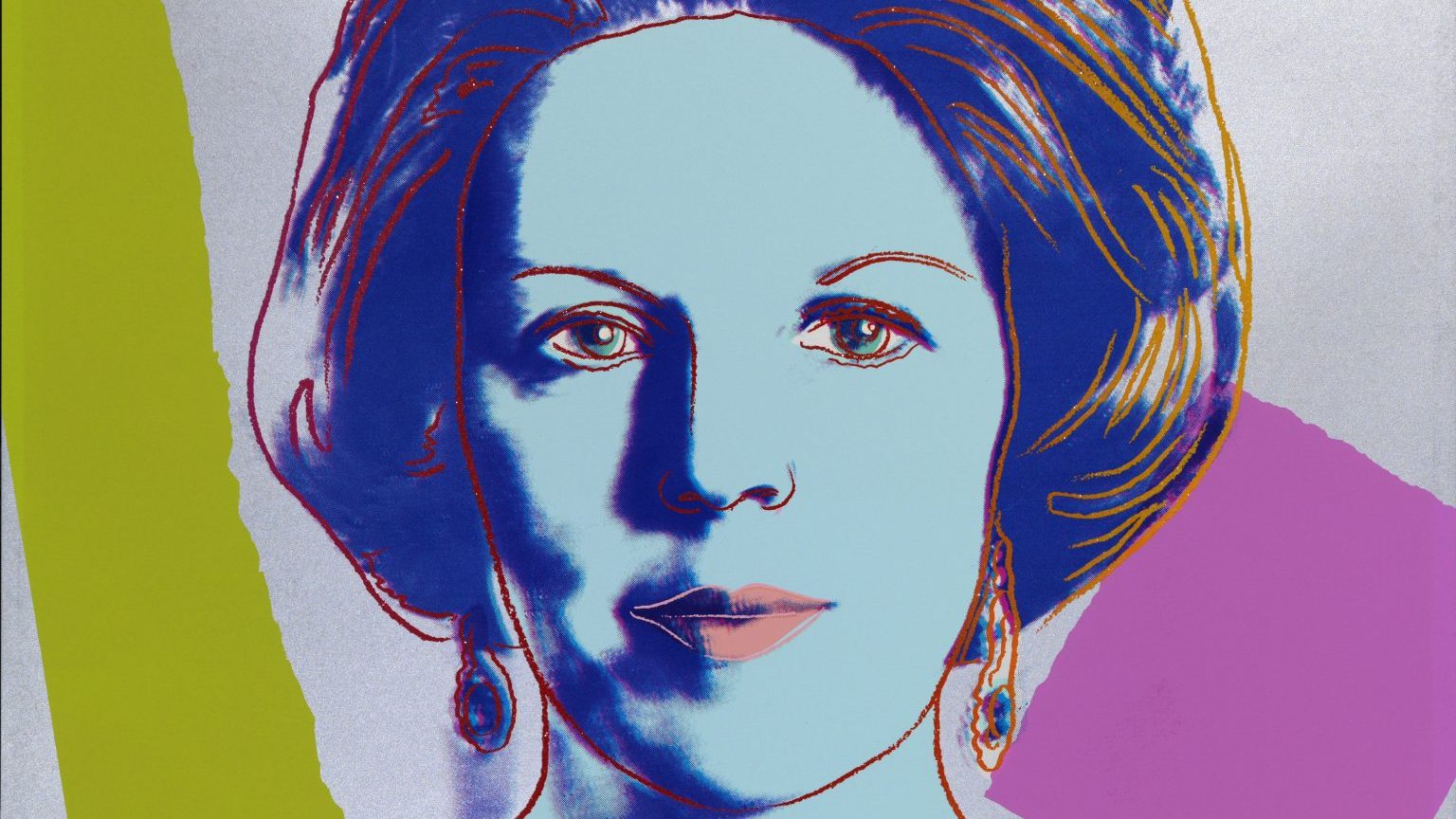For those of us not fortunate enough to spend extensive periods in Paris, the Métropolitain underground railway has probably been more a source of anxiety than of reverie.
I imagine the most common Métro journeys undertaken by New European readers are between Gare du Nord and Gare de Lyon or Gare de l’Est, making a train connection from the Eurostar to other parts of France and the continent. There is not much to savour about a short journey that’s more inconvenience than indulgence, the firm deadline of a departing train leaving us without the option to dilly, or indeed dally.
There is a curiously displaced feeling to the journey, too, at least for those of us used to travelling on the underground networks of British cities. It’s familiar, yet different. The rhythms and routines are the same, but everyone else seems to know what they’re doing in a way that we don’t, the carriages are a different shape, the doors work differently, the jingles and announcements remind you that you don’t belong here, not to mention you’re carting a big bag around and have a train to catch at the end of the journey – for which you’re most likely cutting it fine. Barrelling like this through the geology of Paris relegates an appreciation of the Métro to a position low on our list of priorities.
For all it is generally difficult to muster much in the way of romantic reverie about underground railways, they remain an underappreciated aspect of major cities. New systems can aid regeneration, after all: the Guggenheim Museum is charged with kickstarting Bilbao’s revival since opening in 1997, but the Bilbao Metro, opened two years earlier and extended in 2001, also deserves much of the credit.
Londoners have a love-hate relationship with their underground, which strains under demand unforeseen by its Victorian founders and is expensive, crowded and uncomfortable. It remains a source of pride, however, and Harry Beck’s Tube map, devised in the early 1930s, is a valuable reminder that beauty and functionality can make easy bedfellows.
The Tube’s imperfections have been noted from afar since as early as the 1890s. As Andrew Martin points out in his Metropolitain: An Ode to the Paris Metro, “The London Underground was the world’s first metro, and Paris, having taken a long cool look at it, decided to do the opposite”.
There are few cities more rhapsodised than Paris, its name alone sending people all over the world into a misty-eyed reverie about Piaf, Montmartre, the Left Bank and the big iron phallus standing proudly at its heart. Not many people rhapsodise about the Métro, however, which makes this love letter to a subterranean railway such an alluring curiosity.
Martin is arguably our finest writer on rails. He wrote Underground, Overground, a history of the London Underground, and Night Trains, a terrific travelogue and history of the sleeper services of Europe. The author of a hugely successful series of crime novels – set on the railways – Martin has also produced a deep dive into the seat fabric designs utilised throughout the history of public transport in London. This guy not only loves trains, he loves absolutely everything about trains.
Metropolitain feels as if he has taken off tight literary shoes and allowed himself to give full rein to his lifelong passion for one railway. It’s a deeply personal book by a man who regards the mechanics of lift gear to be as beautiful as the art nouveau design of old station entrances – fortunately for the general reader, he stifles the urge to rhapsodise about the former, even if one suspects he finds it regrettable.
A highly effective gallimaufry of history and personal anecdote, Metropolitain is intended to serve as a literary guide to the Parisian network, one the traveller can slip into their pocket and peruse as they trundle between its network nodes. It is a brave undertaking. With some writers it doesn’t matter how recondite their area of interest, if they can articulate their passion with a mixture of in-depth knowledge, appealing anecdotes and absorbing prose then I, for one, am in. Not many writers can pull that off. Martin is one of the few who can.
Noting that, unlike the Tube, the Métro is an elitist system, currently serving the most affluent 2 million of the city’s inhabitants, he riffs on how public transport on the European continent ranks far better in terms of service and value, financial and cultural, than in the UK. Snobbery plays a part, it seems. A senior London Underground figure once told Martin that while European transport systems are naturally egalitarian, in Britain “we think trains and buses are for people who can’t afford cars”. Our networks are purely functional, something for the riff-raff, never intended as a source of pride.
Hence when the Métro was conceived, as well as learning what not to do on a practical level from an examination of the London Underground – keeping the tunnels nearer the surface and not having station buildings above ground – its founders were also determined it should reject “all industrial character so as to be completely a work of art”.
As is often the case with major feats of engineering, the people behind it were tremendous characters. The firm that built the Métro was the Compagnie Générale de Traction, financed by Édouard Empain, “an Egyptologist whose Heliopolis Oasis Company created Heliopolis, an affluent suburb of Cairo, where he lived in a mansion built in the Hindu style”, and whose chief engineer was Fulgence Bienvenüe, who deserved a standing ovation wherever he went just for being called Fulgence Bienvenüe but who had on an earlier railway project lost his left arm during the opening ceremony.
“The wagon that ran him over was an escapee from a steam train,” writes Martin, “so you can see why he favoured electricity for the Métro”.
Bienvenüe opened the Métro declaring, “By the enchanted lightning of Jupiter the race of Prometheus is transported to the depths”, which is an amazing way to open an underground railway in any language, but choosing to make the announcement in Latin might have dampened this outstanding linguistic flourish for the audience a little.
Another key figure in the Métro’s early days was Hector Guimard, the architect and designer behind 141 beautiful green iron and glass art nouveau station entrances, most of which are gone now, with Martin noting how many ended up in the hands of Parisian bric-a-brac dealers. They would still have cost well into four figures, but Martin’s wistful tone suggests he can be found to this day sighing at his living room window, mentally picturing a Guimard entrance in place of his front gate.
I could have done with more stories of the individuals who have contributed to the development and operation of the Métro; it is, after all, a system designed, operated and used by people – millions of them over the years. I could also have done with a map, something inexplicably omitted from the book.
Martin is a generous writer, however, quoting and accrediting a range of authors and journalists unearthed during his extensive research, and he is very good on the cultural impact of the Métro. One disadvantage facing the travel writer on a subterranean railway is that he or she has no views of rolling countryside or evocative cityscapes to enjoy (although Martin does argue that the views out of the Métro windows are still better than those on the London Underground).
Instead, he delves into the world of literature, music and cinema for context and colour, gently upbraiding writers like Ernest Hemingway for writing about Parisian journeys on foot that would have been much easier on the Métro, and lamenting that Marcel Proust didn’t make more use of the network in his writing (when Martin delves deep into the smell of the Métro and comes up with a comparison to lemongrass I wonder if he has found his own Proustian madeleine).
Away from the bookshelves, I shall certainly be taking to YouTube shortly to find the film of Serge Gainsbourg miming to his first hit, 1958’s Le Poinçonneur des Lilas, dressed as a Métro ticket checker – the poinçonneur of the title – sitting in a wooden booth.
Full as Metropolitain is of intriguing quirks and anecdotes, it is Martin’s unbridled enthusiasm for the subterranean rail network of a foreign city that makes this such a charming and engaging read. Who couldn’t warm to a man who writes sentences like, “According to Wikipedia bees have been flying around this station since the 1980s” and who enthusiastically recounts his preferences for older trains “like the MP59s of Line 11 or the MF67s on Lines 3, 3bis, 10 and 12”?
Reminiscing about the Plan de Paris network map and guide, he writes of how he and his wife would use them to arrange to meet, occasions when “her and my Plans de Paris would sit on the table between us when we met in a Paris café just as people’s mobile phones do now”. Later in the book, when the couple board a train and note an unusual seat colour they have never seen before, his wife points and exclaims “mint!” If ever two people were made for each other…
Towards the end of Metropolitain, the first note of self-doubt creeps in. “I am belatedly conscious that trying to convey my love of the Paris Métro might, to some people, seem a bizarre project,” Martin writes. He’s spot on, it is absolutely a bizarre project, there’s no question about that. The important thing is that he pulls it off.
Indeed, the next time I’m sweating between the Gares du Nord and de l’Est, hugging my holdall and fretting about missing my connection, I shall console myself with the hope that somewhere, elsewhere on the network, Mr and Mrs Martin might be sitting on mint-coloured seats, having a lovely time.




